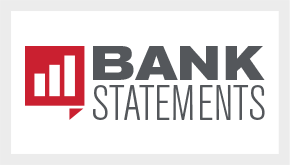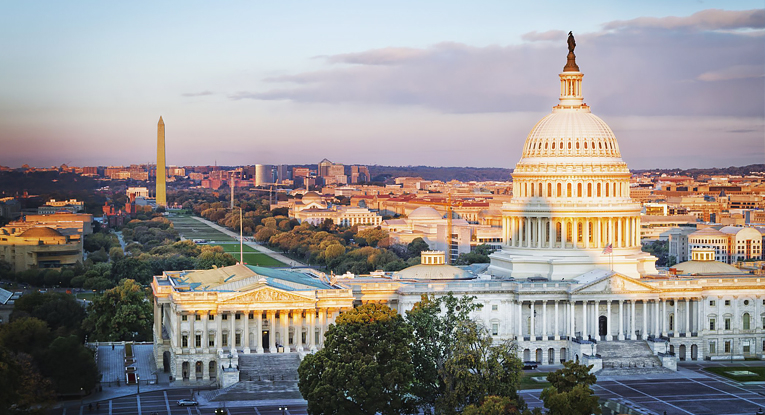Treasury Issues Informal Guidance for Lenders and Potential Borrowers Under SBA Paycheck Protection Program
Please note: Information in the following advisory was accurate upon its date of publication. However, given the rapidly changing nature of guidance from the Department of the Treasury and others, we recommend you visit the Treasury website and our COVID-19 Resource Center for the latest updates.
On March 31, 2020, the U.S. Department of the Treasury (the Treasury) issued guidance regarding the Small Business Administration (SBA) Paycheck Protection Program being rolled out as part of the Coronavirus Aid, Relief, and Economic Security (CARES) Act, which was signed into law March 27. This is the first written guidance from the Treasury or SBA that has been made available to lenders and businesses regarding the program. Most notably, the application was released as part of this guidance.
In addition to the application, the Treasury released an overview of the program, a borrower information sheet and a lender information sheet with more details regarding the program.
Businesses and sole proprietorships can apply starting April 3, 2020, followed by independent contractors and self-employed individuals on April 10, 2020. Applicants should apply through an existing SBA 7(a) lender or through any federally insured depository institution, federally insured credit union, or Farm Credit System institution that is participating in the program.
Several items of note have been clarified based on how the Treasury and SBA are interpreting the provisions of the CARES Act:
- The application requires that all owners of an applicant with greater than a 20% ownership stake be identified in and sign the application.
- “Payroll costs” for purposes of determining the eligible loan amount and loan forgiveness are capped at $100,000 on an annualized basis for each employee. The CARES Act was not clear whether the first $100,000 would be included or if an employee with annualized compensation over $100,000 would be excluded altogether.
- Due to the anticipated popularity of this program, the Treasury intends to allow no more than 25% of the loan forgiveness amount to be used for non-payroll costs, while the CARES Act provides no such limitation.
- The maximum loan amount is two months of average monthly payroll costs from the last year, plus an additional 25% (2.5 times one month average payroll), subject to a cap of $10 million.
- The CARES Act provided for a maximum interest rate of 4% and a maximum maturity of 10 years for any loan balance not forgiven, but the guidance released today states that the interest rate will be 0.5% and any unforgiven loan balance will be payable over two years. Loan payments will be deferred for six months.
- The loan is unsecured and no personal guaranties are required.
- Borrowers are limited to one Paycheck Protection Program loan; however, borrowers may apply for other SBA financial assistance, including Economic Injury Disaster Loans (EIDLs), 7(a) loans and 504 loans, as long as the proceeds from a Paycheck Protection Program loan are not used for the same purposes as other SBA financial assistance.
- From an underwriting standpoint, lenders will need to verify that the borrower was in operation and had employees on Feb. 15, 2020. Lenders will also need to verify the dollar amount of average monthly payroll costs and comply with applicable Bank Secrecy Act requirements. The application contains a number of borrower certifications and commitments to provide documentation to the lender, although the timing of such documentation requirements is unclear based on the current guidance.
The CARES Act ties eligibility for loan forgiveness under the Paycheck Protection Program to the borrower’s maintenance of employee headcount and wages through June 30, 2020. The loan forgiveness reduction provisions establish a complicated set of rules that restrict a borrower’s ability to reduce its number of full-time employees and to reduce by more than 25% the wages of employees earning less than $100,000. Failure to comply with those rules can erode the borrower’s eligibility for loan forgiveness—subject to the borrower’s opportunity to “cure” certain employment terminations and wage reductions by June 30, 2020. The timing of personnel actions—both adverse and curative—will be key in determining the level of loan forgiveness available to a borrower. Thus, careful human resources planning and consultation with counsel is recommended as a borrower develops its workforce management strategy following receipt of a loan under the CARES Act.
For additional information, please see our prior analysis of the SBA lending program provisions of the CARES Act. Armstrong Teasdale attorneys are actively monitoring and providing updates regarding the impact of COVID-19. Should the Treasury or SBA provide additional guidance, we will be sure to update you.









































